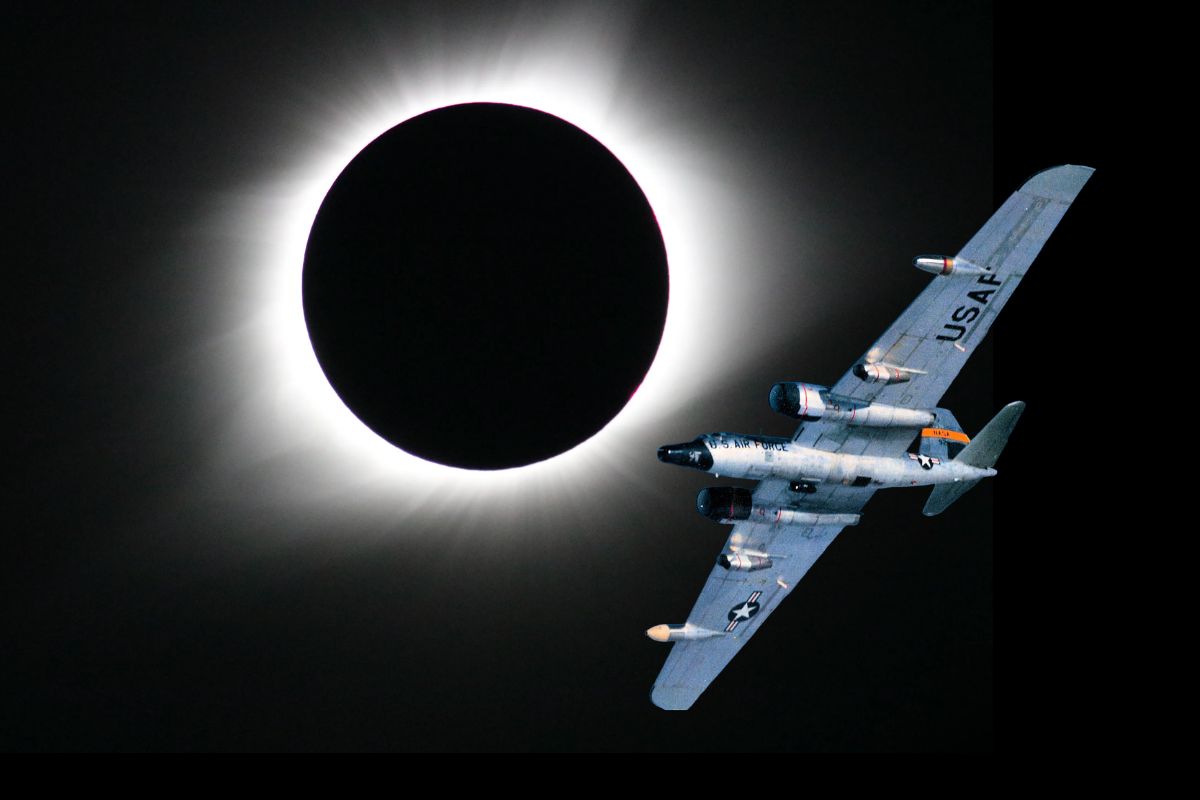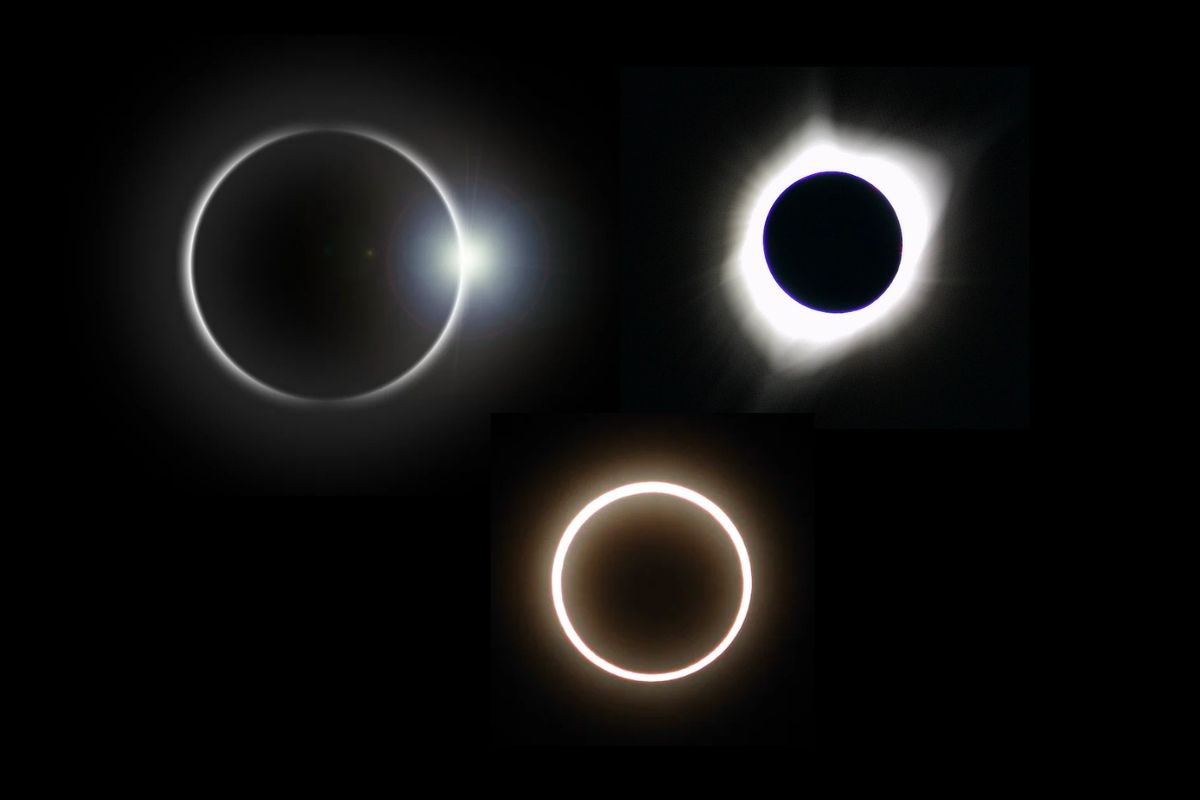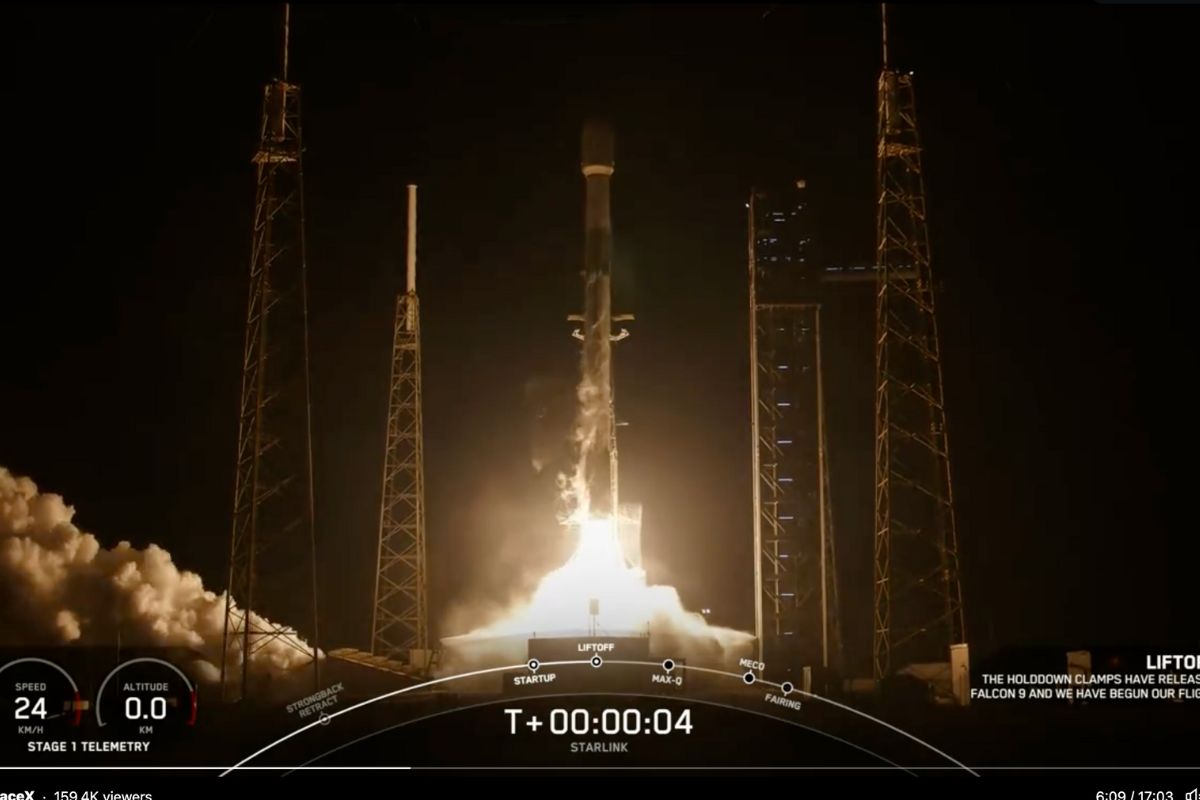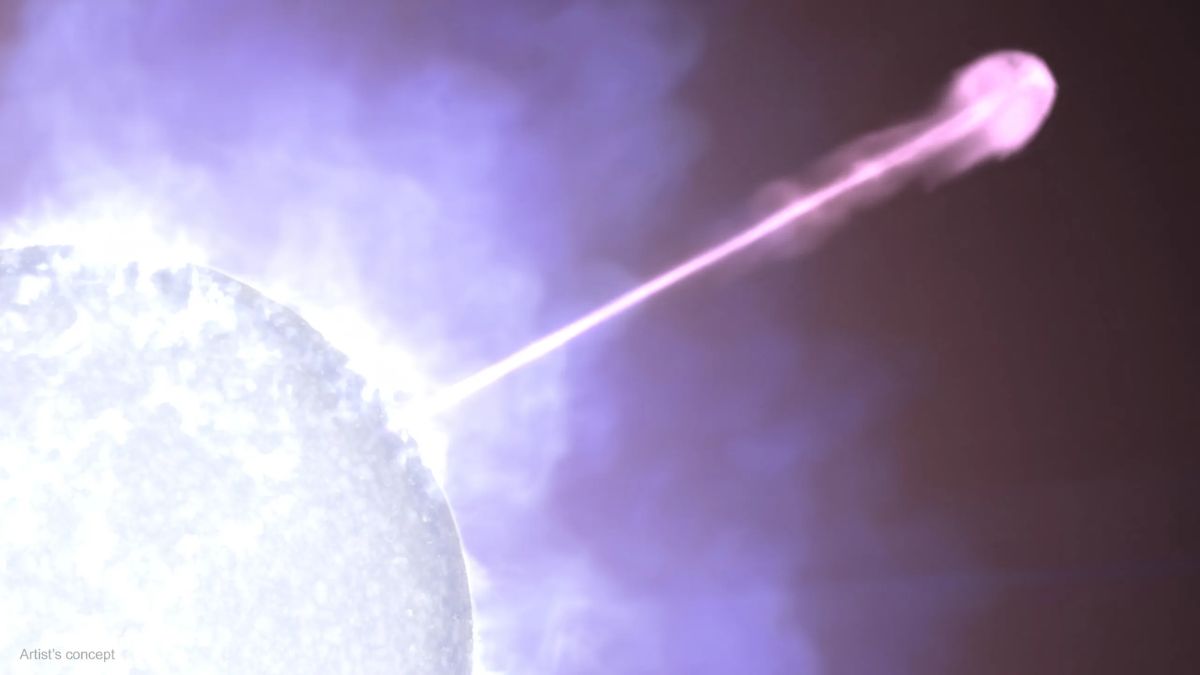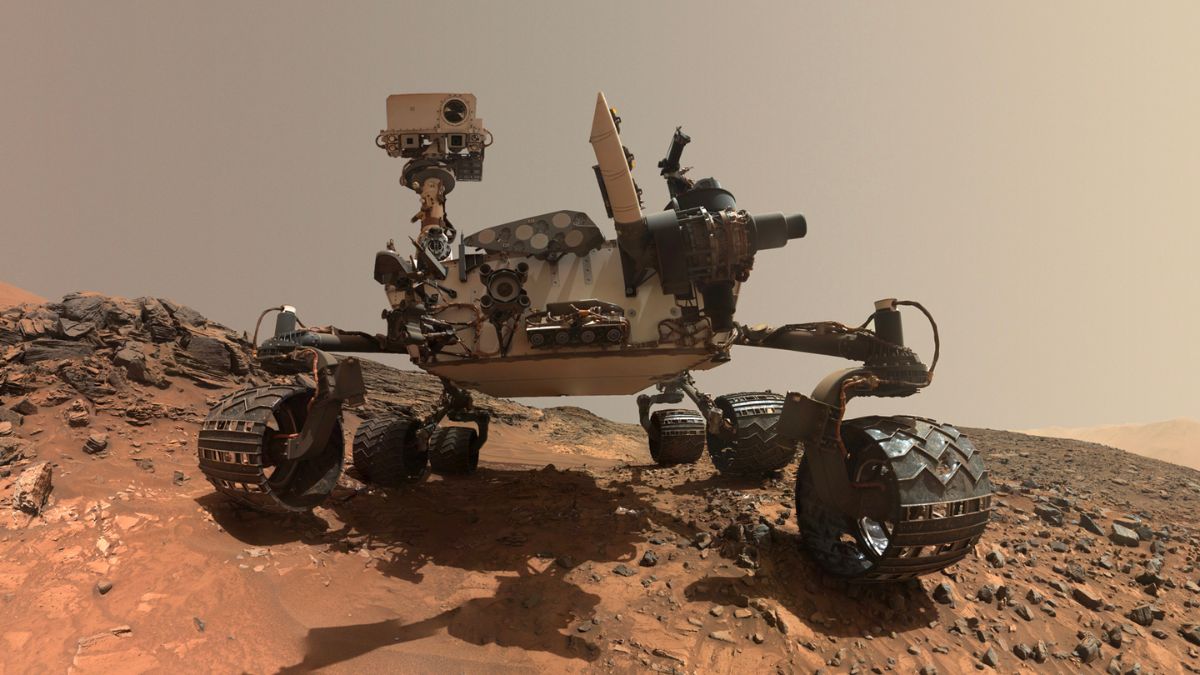NASA plans to send its two WB-57 jets will follow the eclipse’s path across the US to chase Total Solar Eclipse on April 8. This action will extend the total solar eclipse for more than 6 minutes.
The main aim of chasing the total solar eclipse is to study the Sun’s corona by using special instruments to analyze the corona structure, impact on Earth’s ionosphere, and temperature.
Based on the collection of data three teams of NASA scientists decided to uncover insights into Corona’s properties, the Sun’s influence on the electrically charged ionosphere, and detection of hidden asteroids.
Bharat Kunduri, lead researcher of ionosphere measurement and also an assistant professor at Virginia Tech in Blacksburg, Virginia said he sees the total solar eclipse as a controlled experiment for studying the ionosphere and its interaction with the Sun.
Those two WB-57 jets can fly up to 50,000 feet with a speed of 740 km/h and will capture high-resolution images of solar eclipses in infrared and visible light above atmospheric disturbances.
Read More: Marvelous! Astronomers says 2 Trans-Neptunian Objects may harbor underground oceans

The precise timing of take-off and flight will allow the jets to extend the visibility of the total solar eclipse time by 25% leading to enhancing data collection.
Spectrometers onboard the WB-57 jet will measure the corona temperature and elements while onboard cameras will capture high-resolution images of coronal mass ejections and potential asteroid rings.
A researcher at the University of Hawaii Institute for Astronomy, Shadia Habbal highlights the significance of an extended total solar eclipse for getting comprehensive corona data important for understanding solar phenomena.
The scientists aim to deepen understanding of solar eclipse radiation’s impact on Earth’s ionosphere and the importance for technologies like radar and GPS.
Overall NASA’s mission during the time of the total solar eclipse gives the best opportunity to higher knowledge of solar and atmospheric interactions, benefiting scientific understandings and technological applications.


